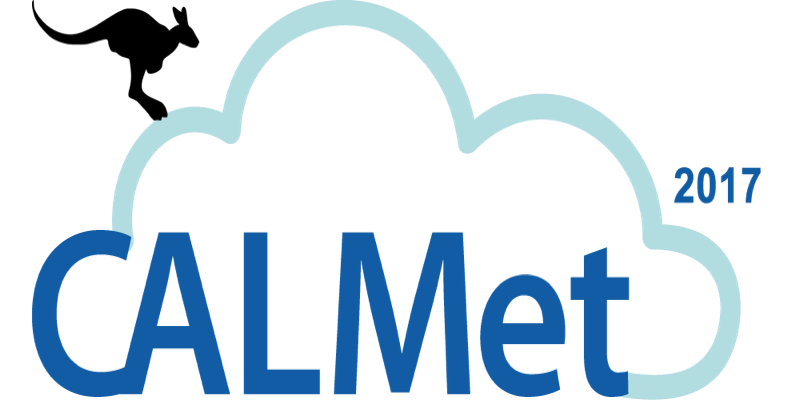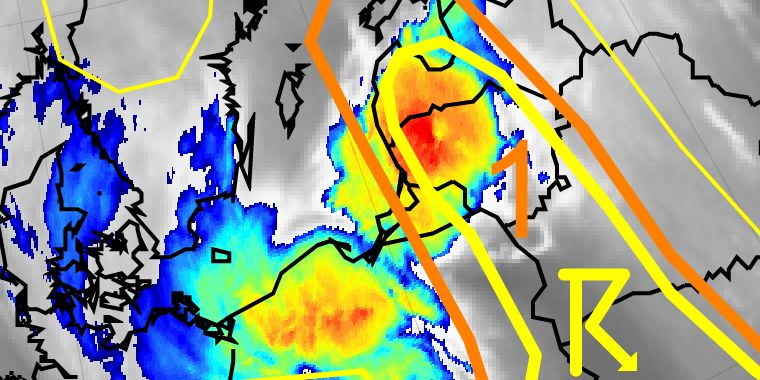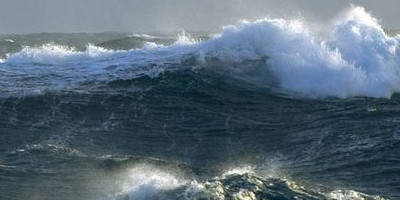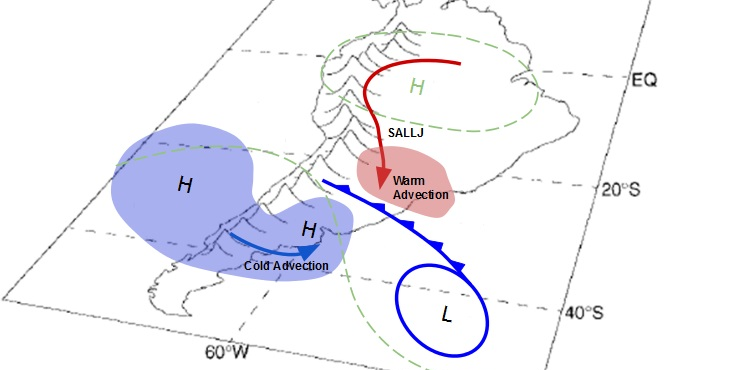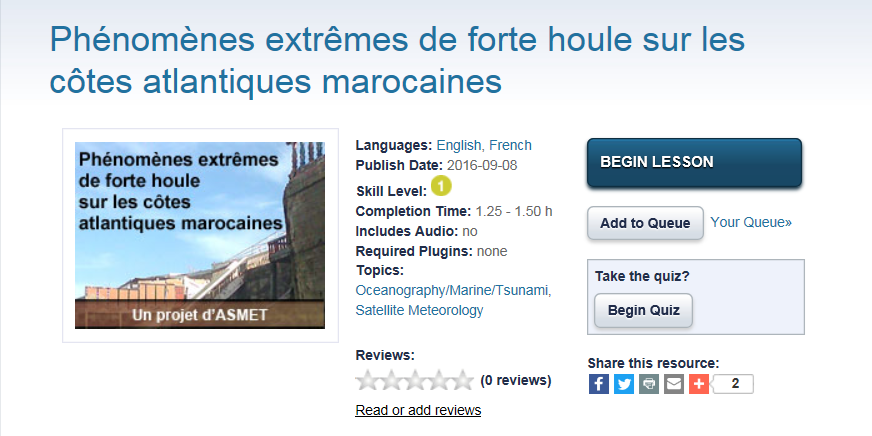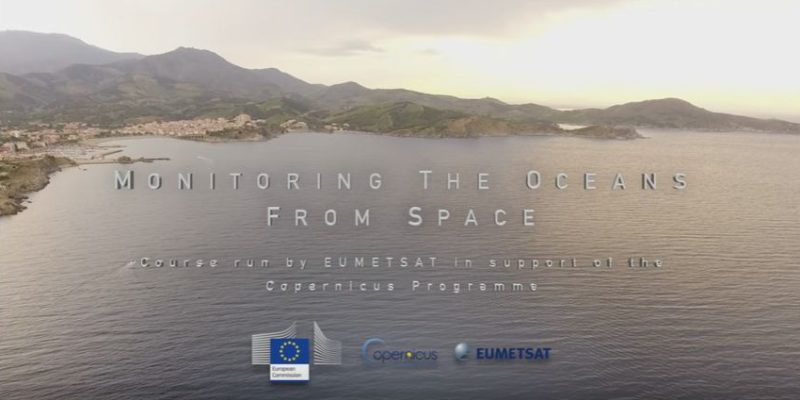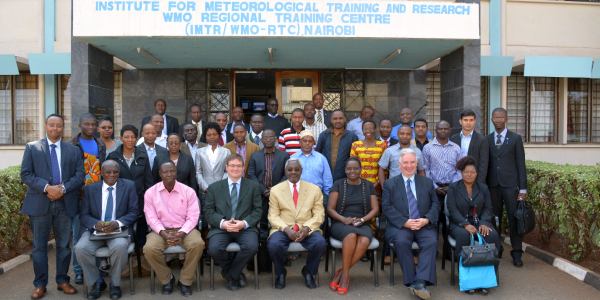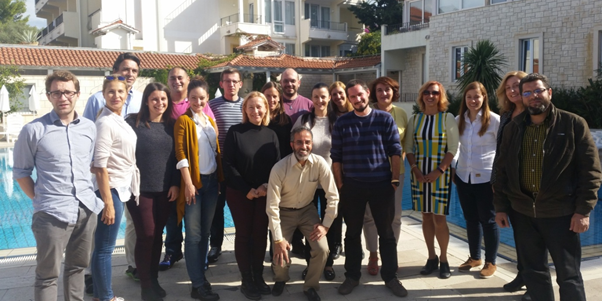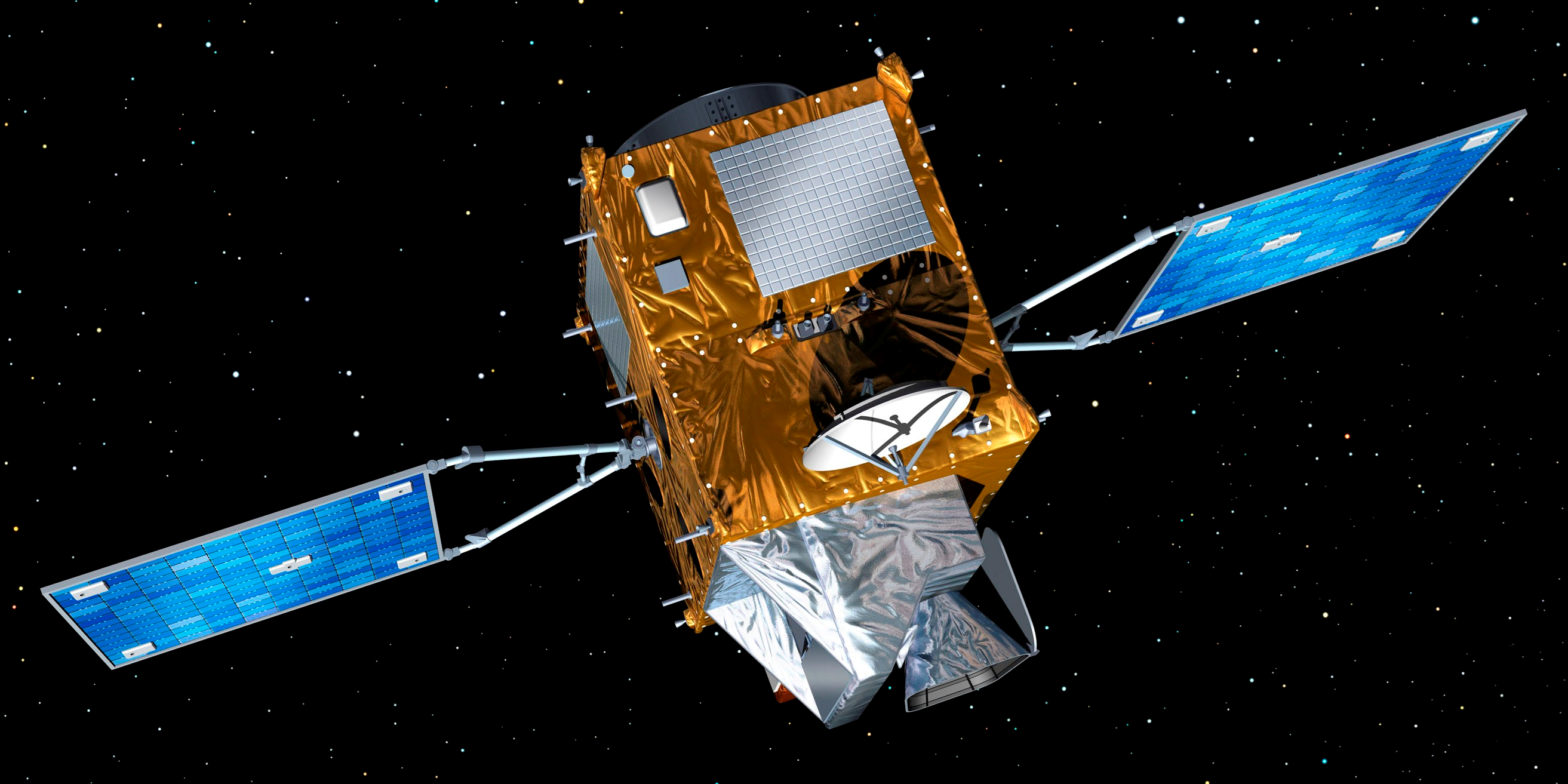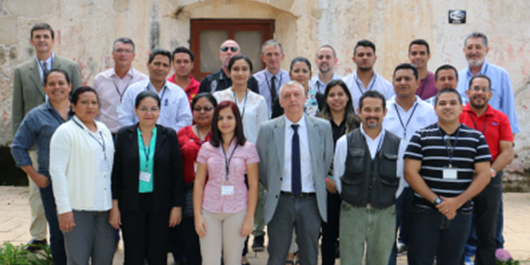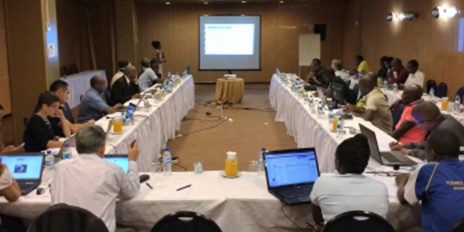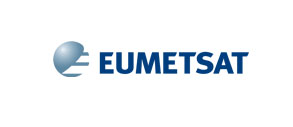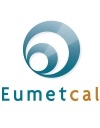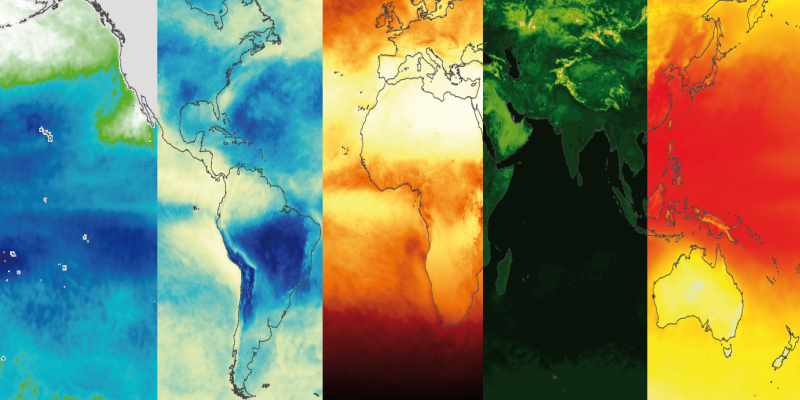
Workshop on the Use of Gridded Satellite Data for Climate Services
20 – 24 March 2017 / Krakow, PolandThe worksop aims to instruct active and future users, from National Meteorological Services and research institutions, on the use of CM SAF products for operational climate monitoring and climate research.
Participants will learn how to handle CM SAF data using free software tools, such as climate data operators (cdo) and R (CM SAF tools) and QGIS, and explore opportunities to use CM SAF data in their daily work.
Climatologists from NMHSs, universities and other institutions, with any level of experience in the use of satellite data for climate applications, are invited to apply. Excellent English language skills are mandatory to attend the workshop.
The event is free. EUMETSAT will support a limited number of participants, covering travel or/and subsistence costs.
If you’re interested in attending you can apply via the EUMETSAT Training Zone. Applications must be made by 20 January 2017.

